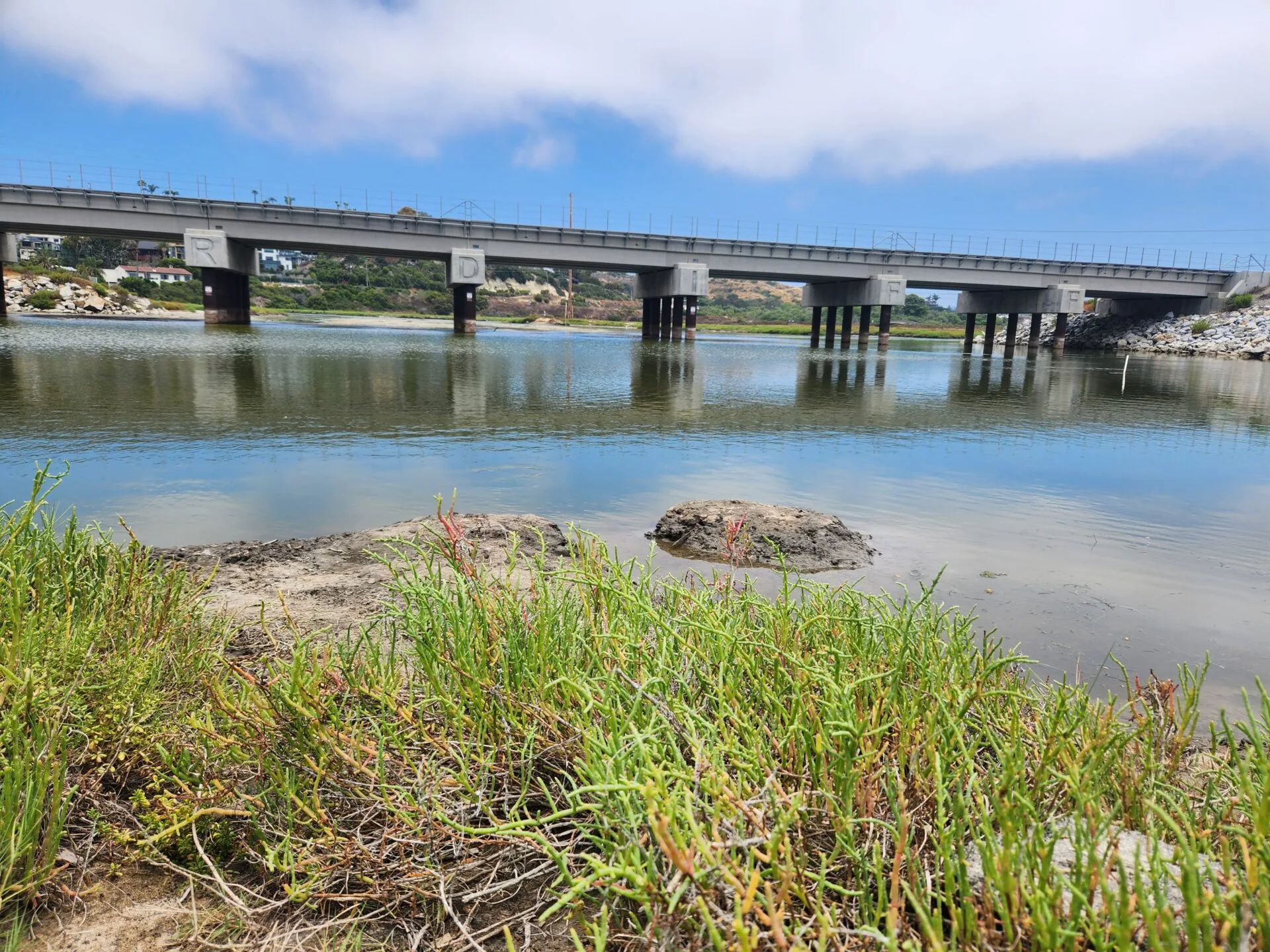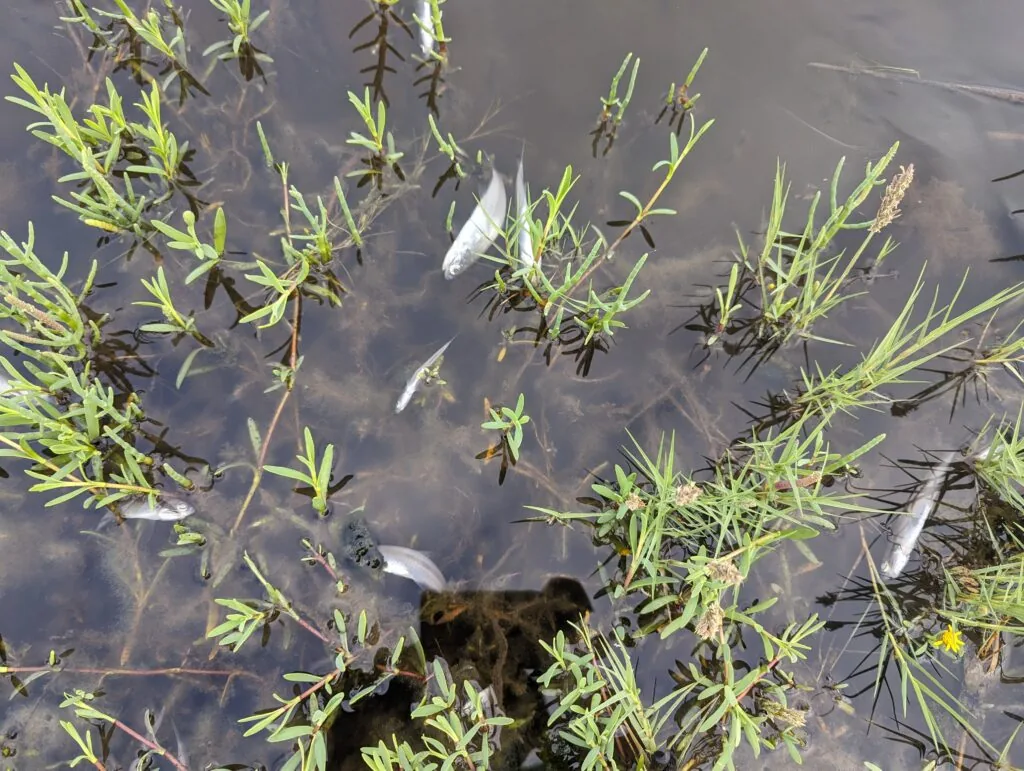San Elijo Lagoon Inlet Facing Possible Closure
Follow ( 0 Followers ) X Follow E-mail : * Follow Unfollow

In early July, we shared that San Elijo Lagoon was experiencing a significant ecological challenge due to sand accumulation at the inlet and in the channels. At that time, we also shared that there would be an imminent loss of marine life as the lagoon became hypoxic (insufficient oxygen levels) within a few weeks due to limited tidal flow and rising water temperatures.
Our daily water quality monitoring has brought us encouraging news. The newly restored system has shown remarkable resilience, sustaining marine life for two months of inlet closure. This success can be attributed to removing high-nutrient materials from the channels during the restoration project and the plant life within the channels producing oxygen. Our data showed that a closed inlet would become hypoxic within seven days before the wetland restoration.
Unfortunately, with the record temperatures that San Diego experienced over the weekend, the lagoon system has finally become hypoxic, and marine life is being lost. We sadly expect more.
 Above: Loss of fish at San Elijo Lagoon
Above: Loss of fish at San Elijo Lagoon
In the face of this, Nature Collective’s 37-year dedication to protecting the lagoon is being tested to the limit. The regular inlet excavation methods that have proven successful in the past have proven inadequate in dealing with the current situation. Between January and June this year, Nature Collective removed sand and opened the inlet at Cardiff State Beach two times, which was closed to the San Elijo Lagoon due to an accumulation of sand.
This is due to improved tidal flow, one of the primary objectives of the wetland restoration. However, this success has given rise to a new challenge: sand travels farther into the lagoon channel on the improved tidal flow during winter storms and blocks the channel, hindering the necessary tidal flow.
Given the urgency and complexity of this situation, we recognize the need for innovation. Traditional land-based excavation methods are proving ineffective against the sand buildup in these channel sections. In collaboration with our San Elijo Lagoon Restoration Project partners SANDAG and Caltrans, we identified the need for a new approach-aquatic-based dredging.
This summer we have been working diligently, sending out requests for proposals to several qualified operators for this crucial operation. Those bids and proposals were submitted to us earlier this week. We are acutely aware that time is of the essence in restoring tidal flow, and we are working as swiftly as possible to secure funding and operators to minimize the ecological impacts as much as possible. We aim to clear the sand as soon as possible, restoring tidal flow, and are hopeful for the work to commence before the end of the year.
Your donation makes urgent monitoring and action like this possible.
Follow ( 0 Followers ) X Follow E-mail : * Follow Unfollow
Follow ( 0 Followers ) X Follow E-mail : * Follow Unfollow